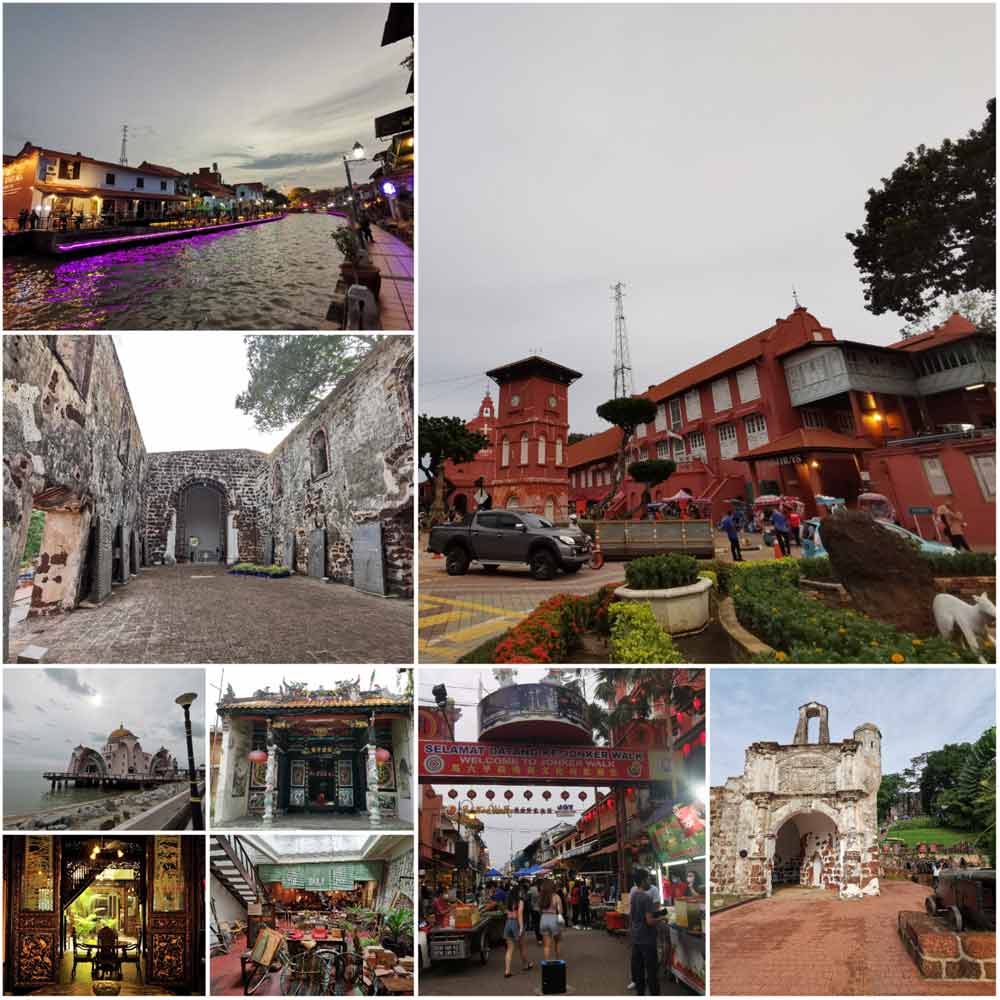Sunset in Teluk Nipah
Pangkor Island is located in Perak. Pangkor Island (Malay: Pulau Pangkor) is a popular tourist island in Manjung District, Perak, Malaysia. Pangkor Island has a population of approximately 25,000. Nearby islands include Pangkor Laut Island, Giam Island, Mentagor Island, Simpan Island, and Tukun Terindak Island. The major industries of the island are tourism and fishing.
Historically, Pangkor was a refuge for local fishers, merchants and pirates. In the 17th century, the Dutch built a fort to control the Perak tin trade known as the Dutch Fort. In 1874, it was the location of a historical treaty between the British government and a contender for the Perak throne (the Pangkor Treaty), which began the British colonial domination of the Malay Peninsula. The old British name for the Pangkor Island group was the Dindings.
The east coast of the island faces the mainland and is a continuous strip of residential villages, including Sungai Pinang Kecil, Sungai Pinang Besar and Pangkor Town, the major centre of population.
The road that runs along the east coast of the island turns west in Pangkor Town and crosses the island to one of the most famous beaches on the west coast of the island, Pasir Bogak (about 2km from Pangkor Town).
From Pasir Bogak, the road runs north to the village of Teluk Nipah, where most of the budget accommodation is located. From Teluk Nipah, the road is connected to the east coastline, we will get an Airport, after the airport is Teluk Dalam. After Teluk Dalam, the road turns to the east and finally join to the road on the east coast in Sungai Pinang Kecil, completing a full ring.
Besides the simple ring road mentioned above, there is only one branch off in Pangkor Town where the road runs southward to Teluk Gedung and Teluk Baharu. In Teluk Gedung is the 17th-century Dutch fort and the Batu Bersurat (Written Rock). After the Dutch Fort, we will get the Floating Mosque.
Place Of Interest on Pangkor Island
- Pangkor Fishing Villages - On the east side of Pangkor Island there are three fishing villages facing the mainland: Sungai Pinang Kecil, Sungai Pinang Besar and Kampong Teluk Kecil. In fact, it's a long strip of villages that continues to Pangkor Town. Although the villages are small they are interesting to visit. Many of the houses are traditional and some are built in the sea on stakes.
- Pangkor Town - The main town on Pangkor Island, is located on the east coast. It is a small town and only has one street. There's a range of souvenir shops, dried seafood shops, coffee shops, duty free shop and few restaurants along the street. Some of the best food you will find in the local stalls.
- Dutch Fort at Teluk Gudang - The fort was built in 1670 by the Dutch, with the purpose of the storage and protection of tin supplies from the sultanate of Perak. The Dutch Fort was destroyed in 1690 by the Malay people who were discontent with the ways used by the Dutch in obtaining the minerals in Malay. Dutch Fort was rebuilt by the Dutch in 1743, and a total of 60 soldiers was placed to protect the fort until 1748, when the force was disbanded and abandoned.
- Fu Lin Gong Temple (福临宫) - Fu Lin Kong temple is more than a hundred years old. This temple is decorated with large rocks and stones.
- Batu Bersurat (inscribed stone) - also known as Tiger Rock due to the etching found on this huge granite boulder. The rock measures about 10.7 m long and 4.6 m wide and stands at 4.3 m tall, and today, there is a pavilion built to shelter it. Batu bersurat is located close to the Dutch Fort, in Pangkor Island. The etchings show the picture of a tiger carrying away a child. There are also two round-shaped leaves, and the letters "If Carlo 1743" and "VOC". The "VOC" probably refers to the Dutch East India Company. There are several theories about the inscription. One sinister version of the tale claimed that the Malays and Bugis kidnapped and murdered a Dutch dignitary's son in 1743, in revenge of the ill-treatment of the Dutch to the locals. When the Dutch looked for the boy, the locals made up a story that they saw the boy was snatched by a tiger. In commemoration of the incident, the Dutch soldiers etched the inscription.
- Kali Amman Temple - While you are in Sungai Pinang Kecil, you might visit the Kali Amman Temple. This is the largest and the only Indian temple of any significance on the island. It is noted as one of the two Indian temples in Malaysia that have the entrance the shrine of the goddess Kali, facing the sea.
- Pasir Bagok Beach is situated at the southwest coast of Pangkor Island. Pasir Bogak Beach is one of the most famous beaches in the island. Pasir Bogak Beach is a 1.5 km stretch of soft white sand and clear water, a breath-taking sight making it quite popular in Pangkor Island.
- Teluk Nipah Beach (Pantai Teluk Nipah) is located on the western side of Pangkor Island, facing the Strait of Malacca. Teluk Nipah Beach is the most popular and most lively beach in Pangkor Island. Snow-white sandy beach with clear blue water is a famous gathering place for visitors who love of snorkeling, diving, water skiing and picnic.
More Information : pangkor-island.com











